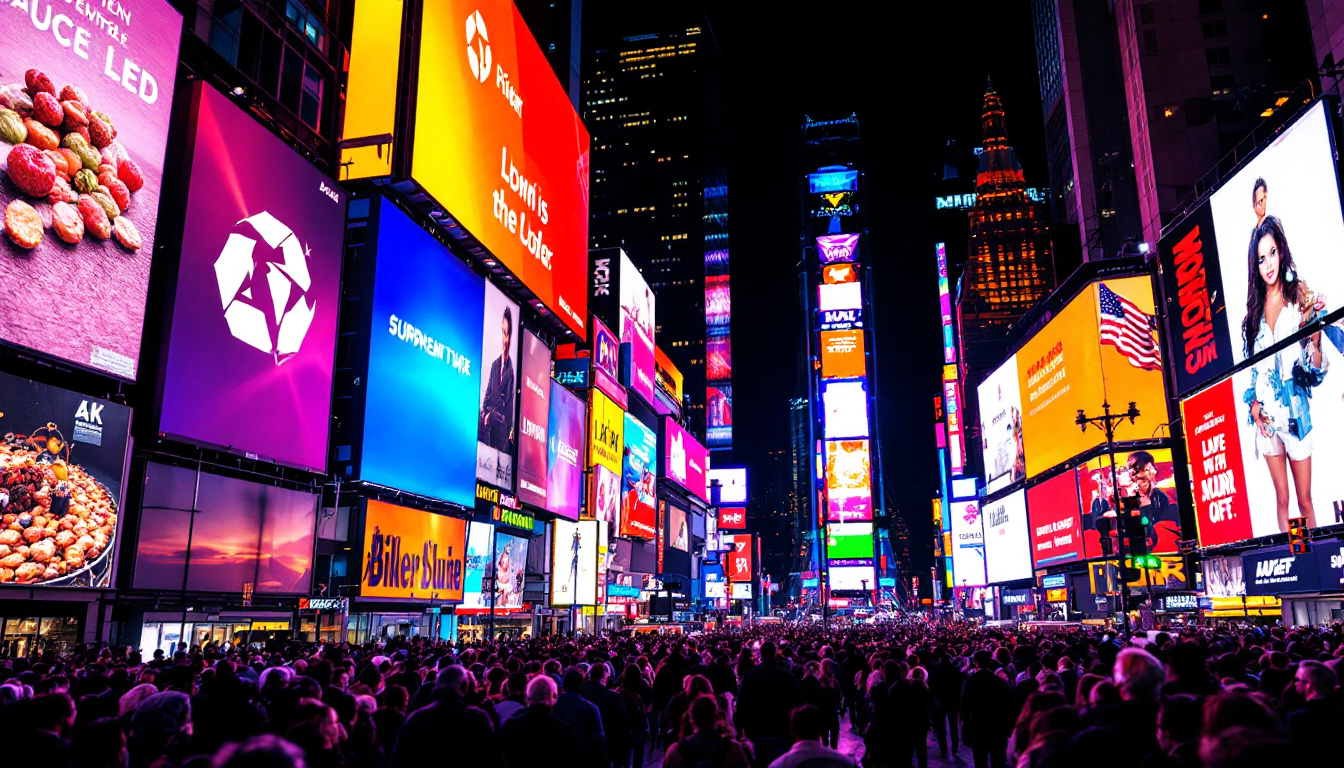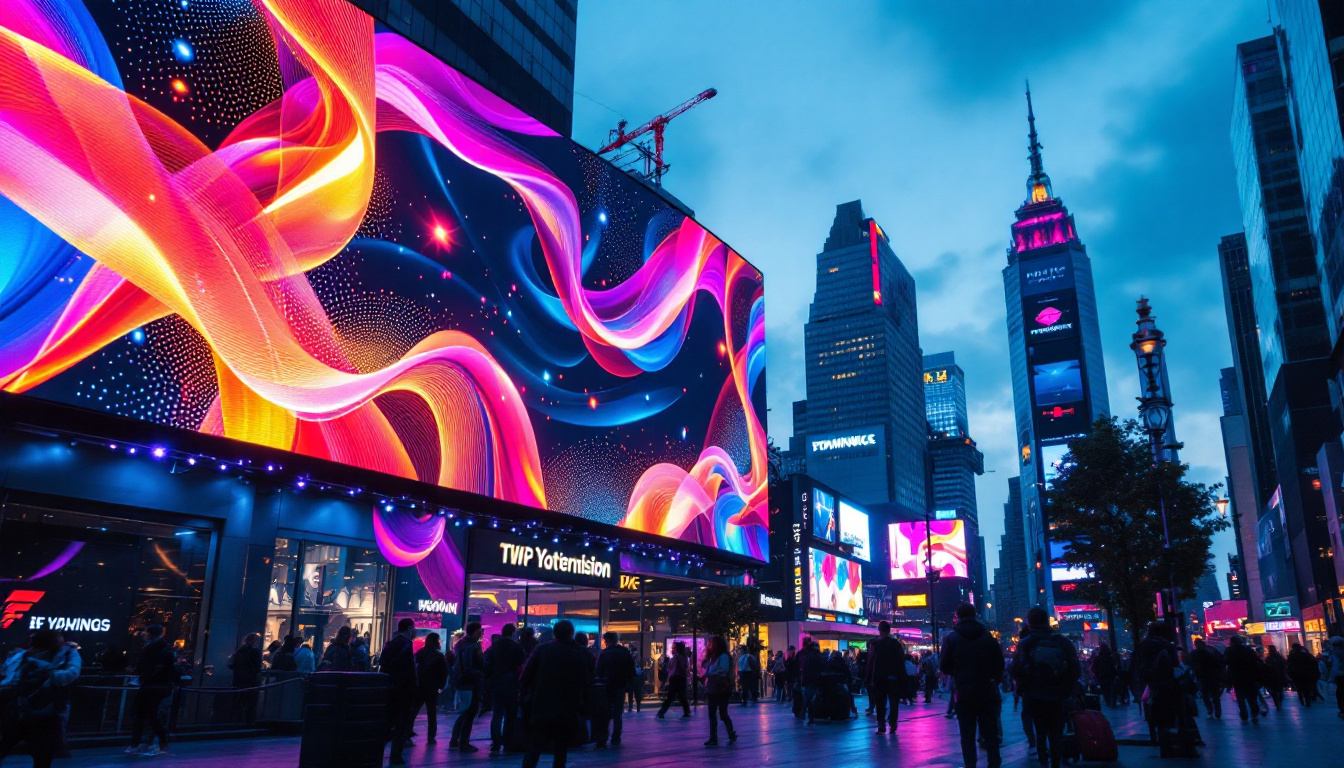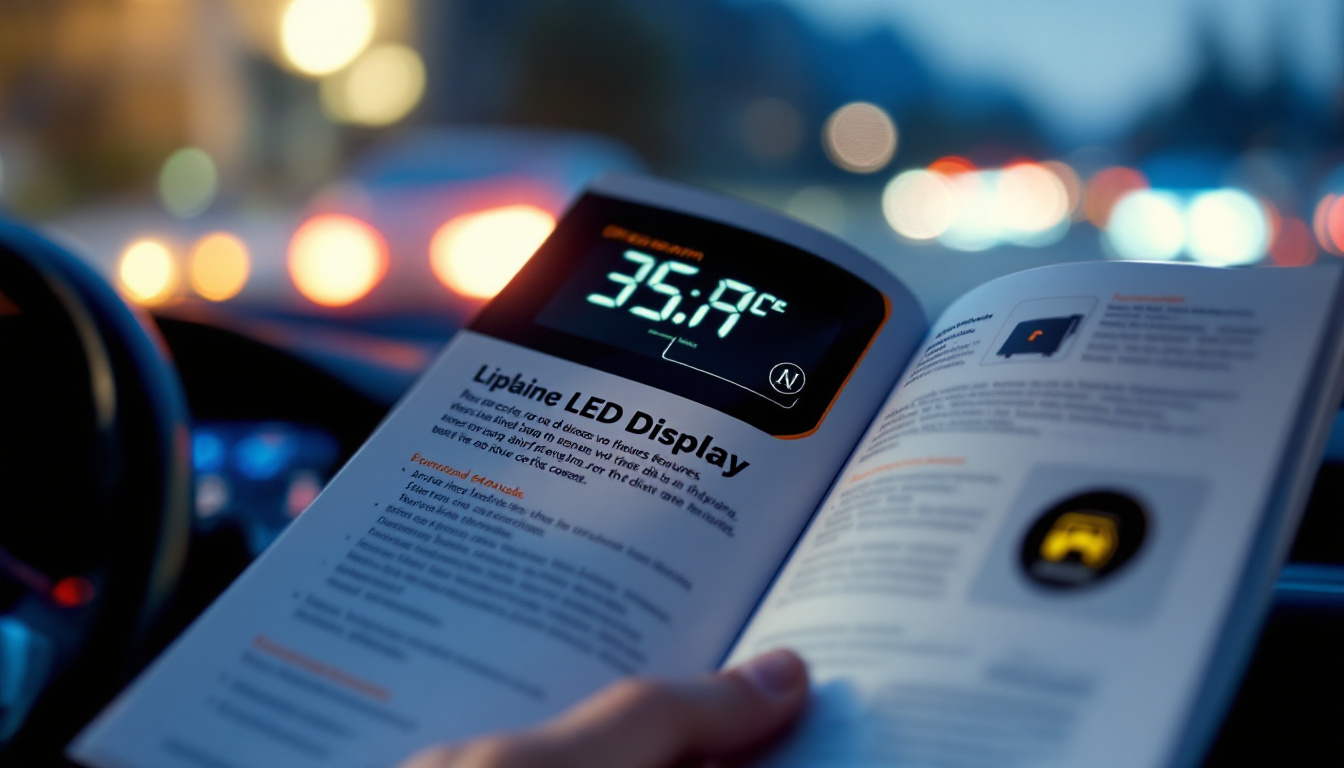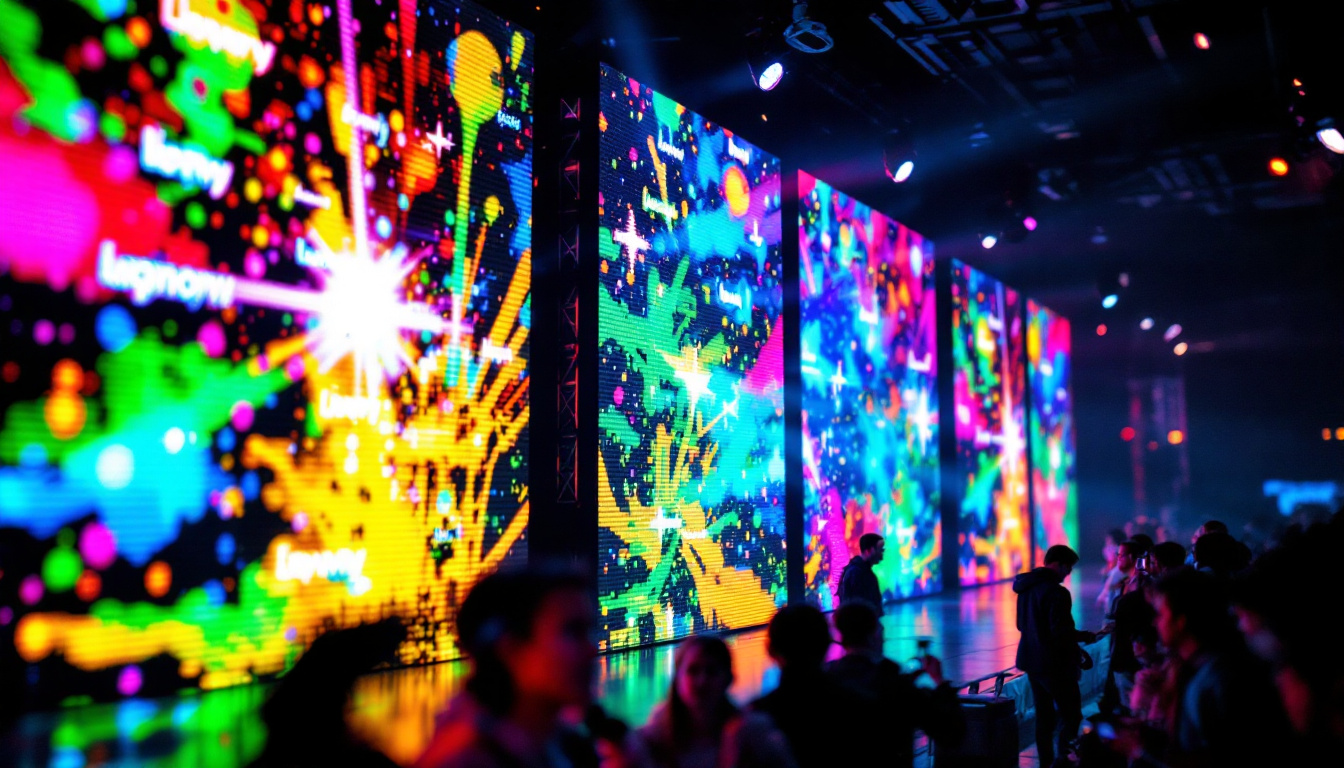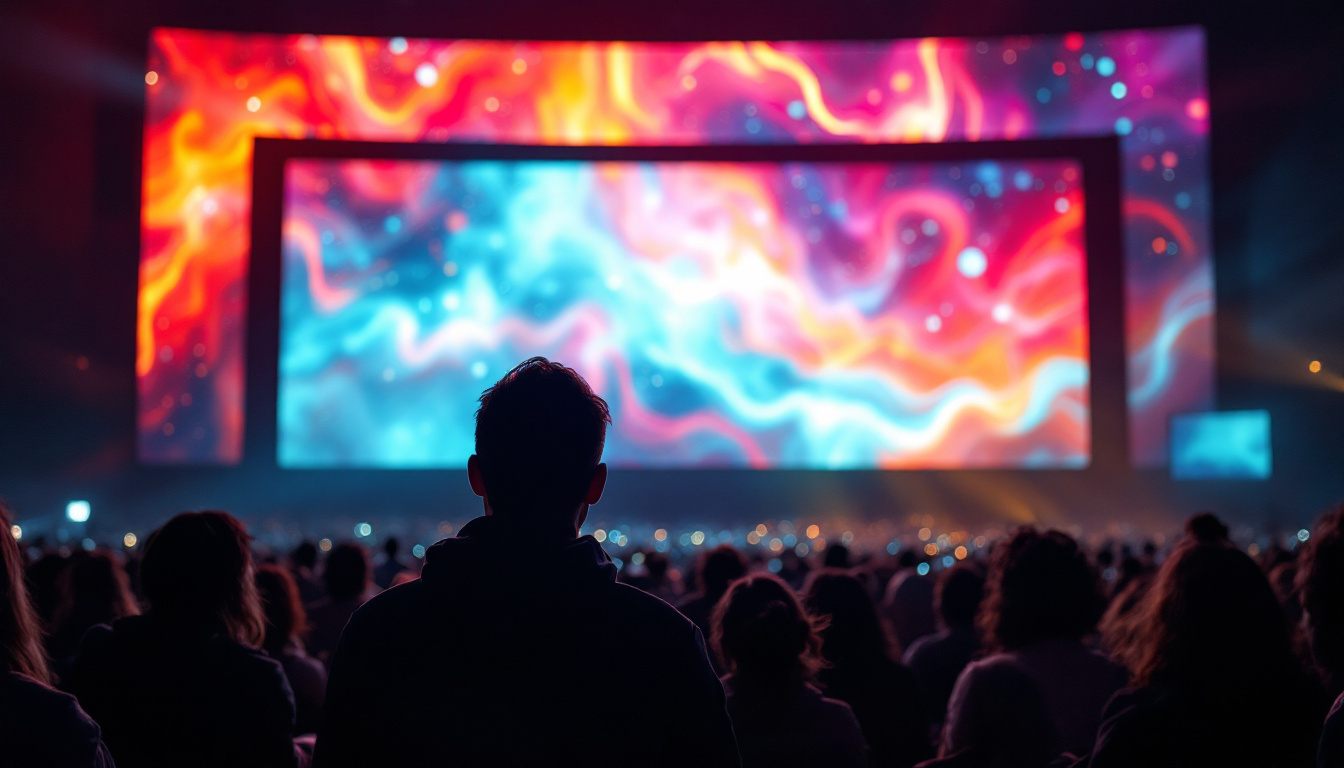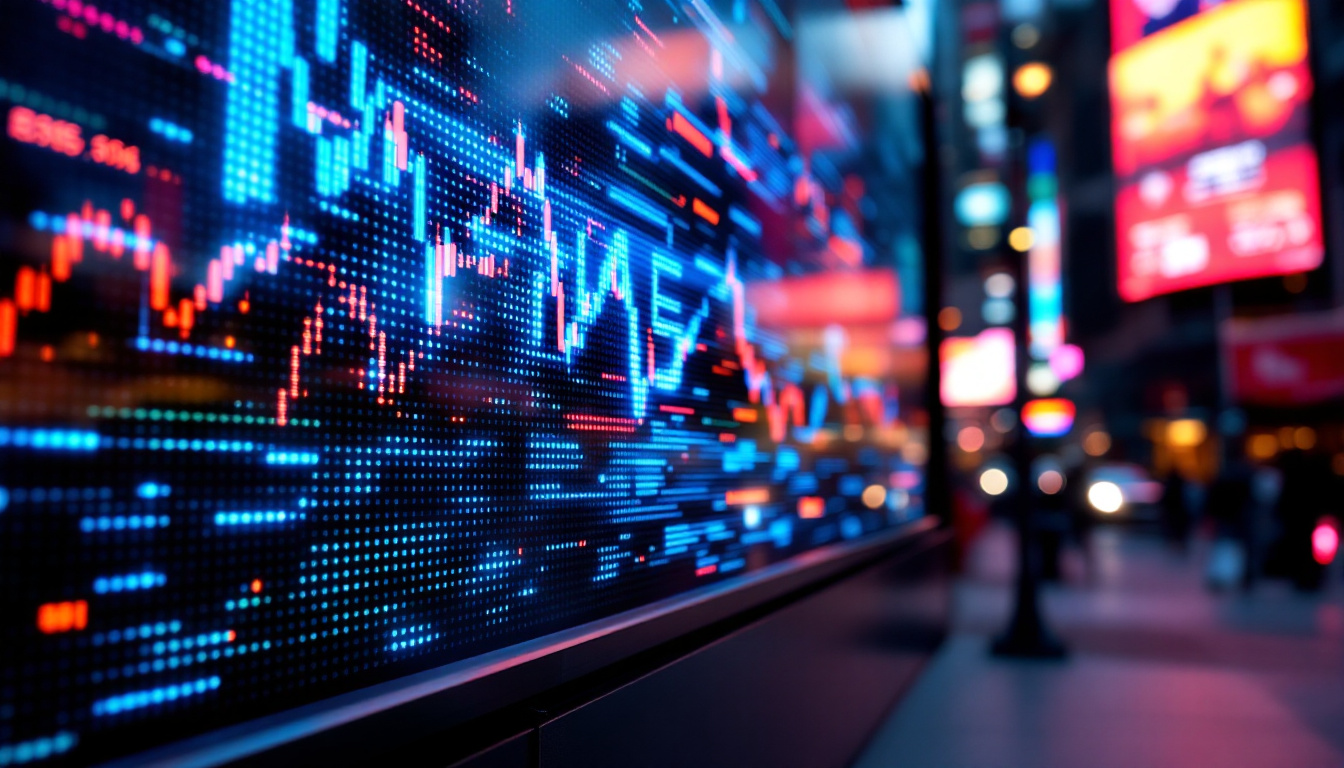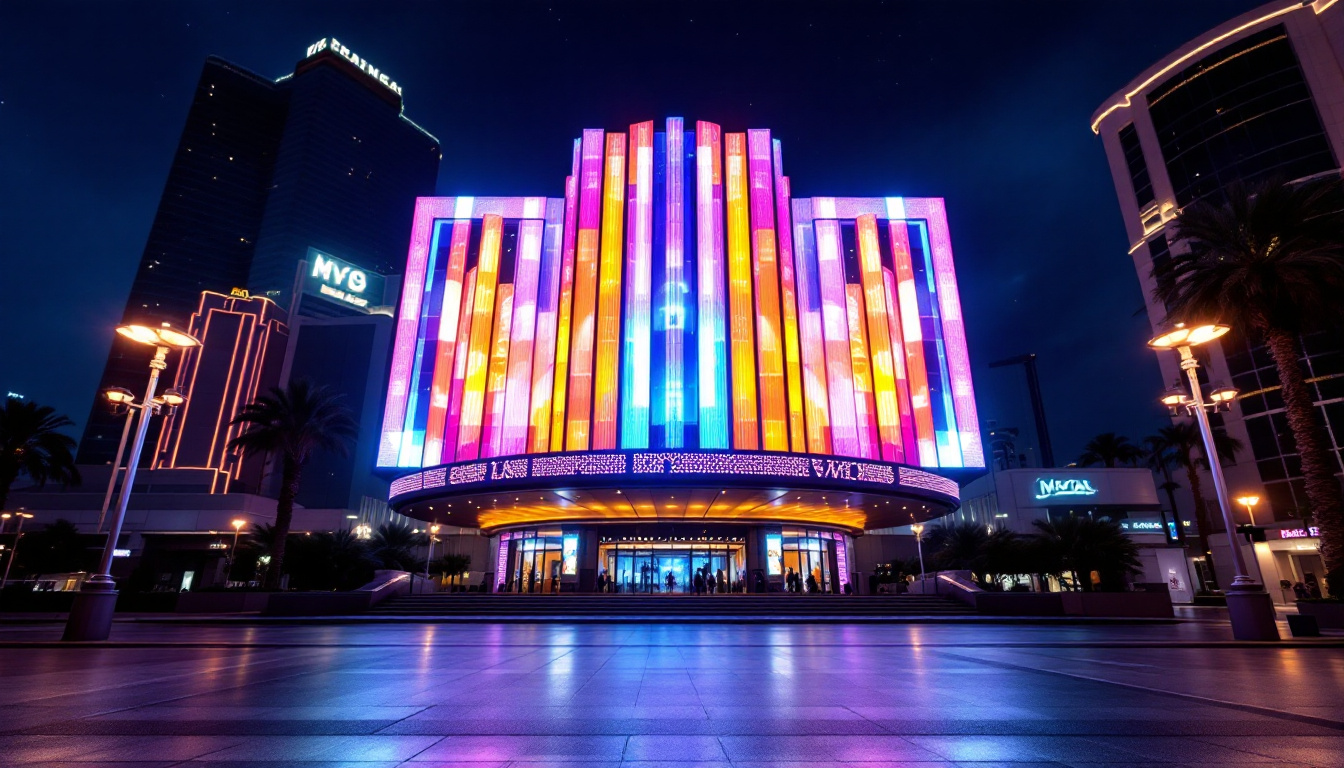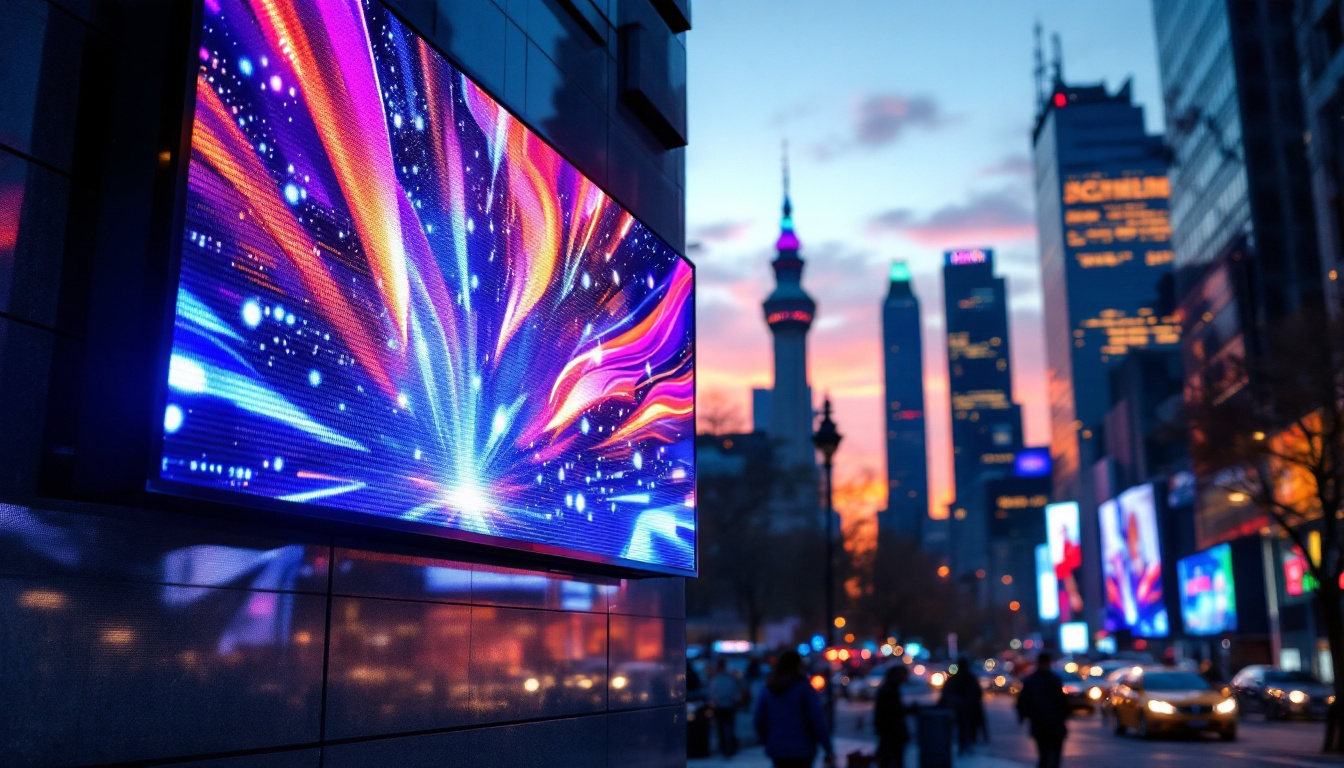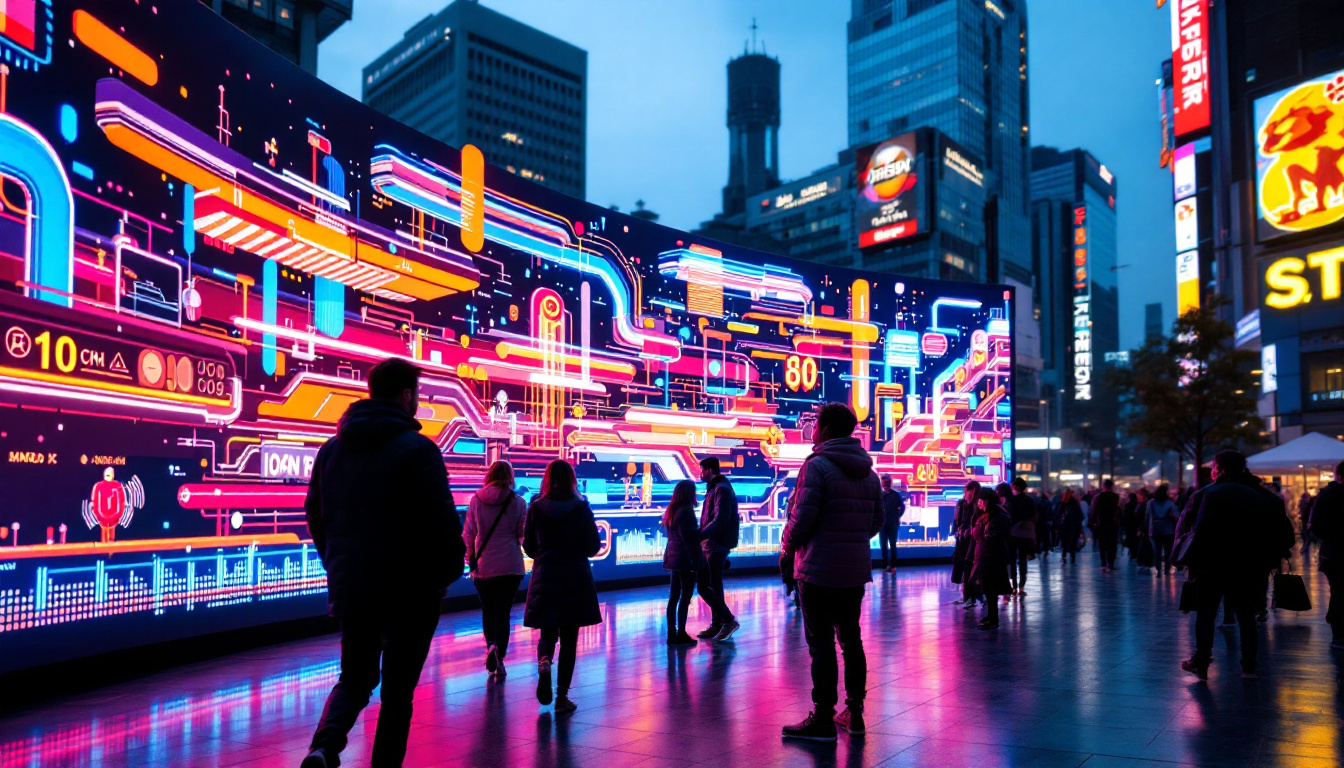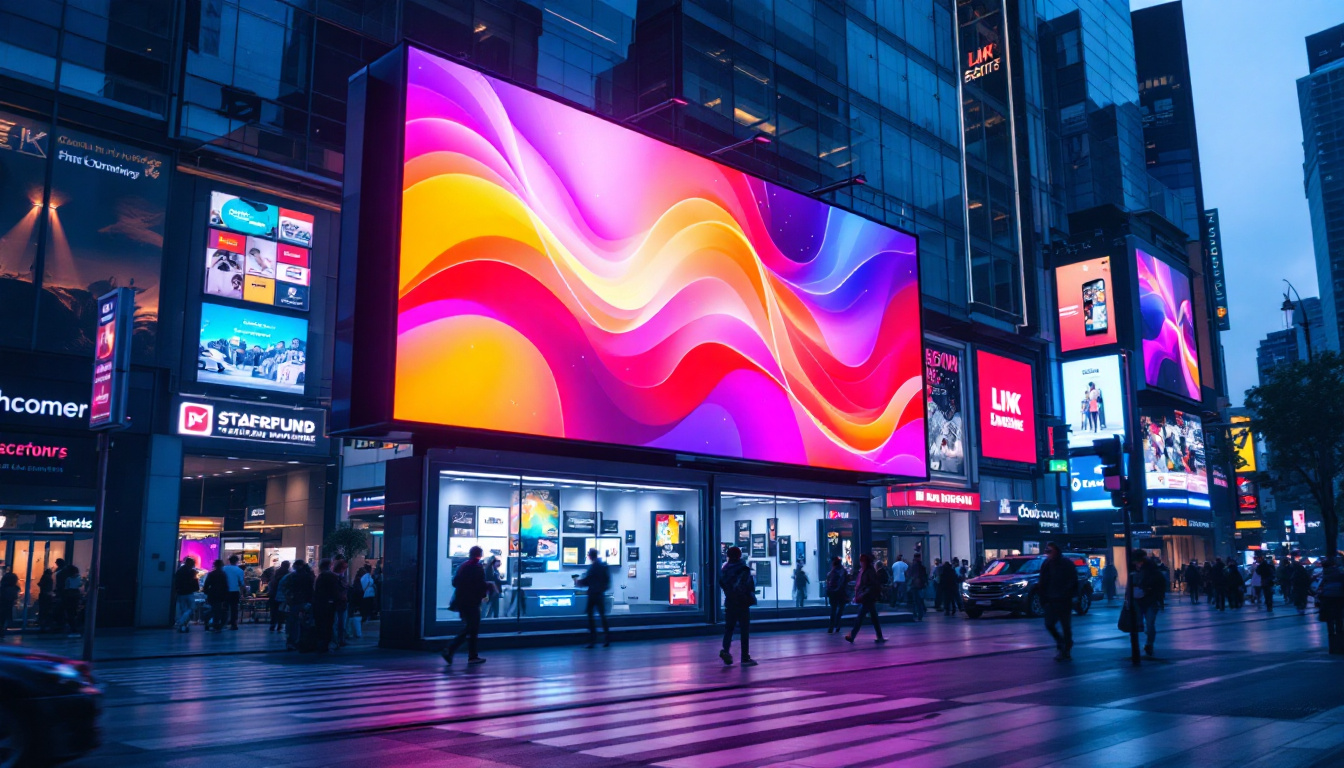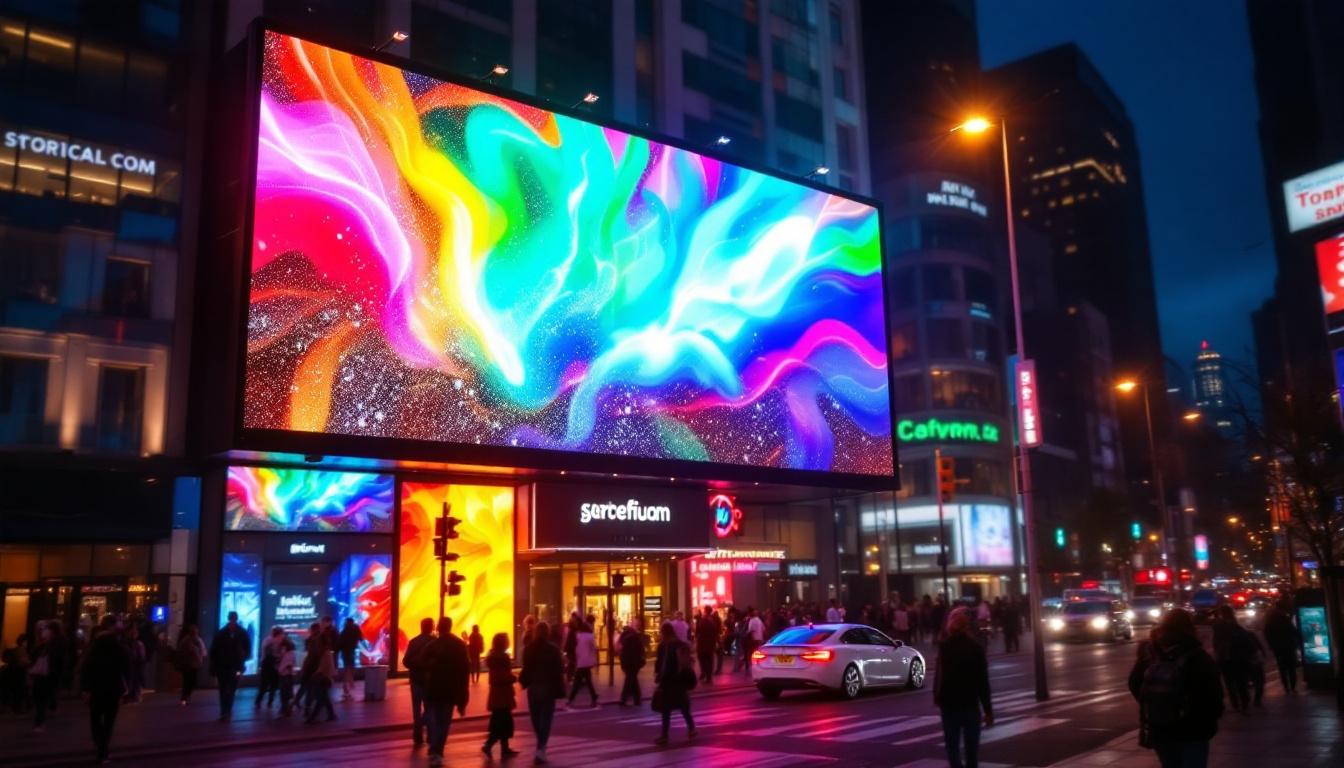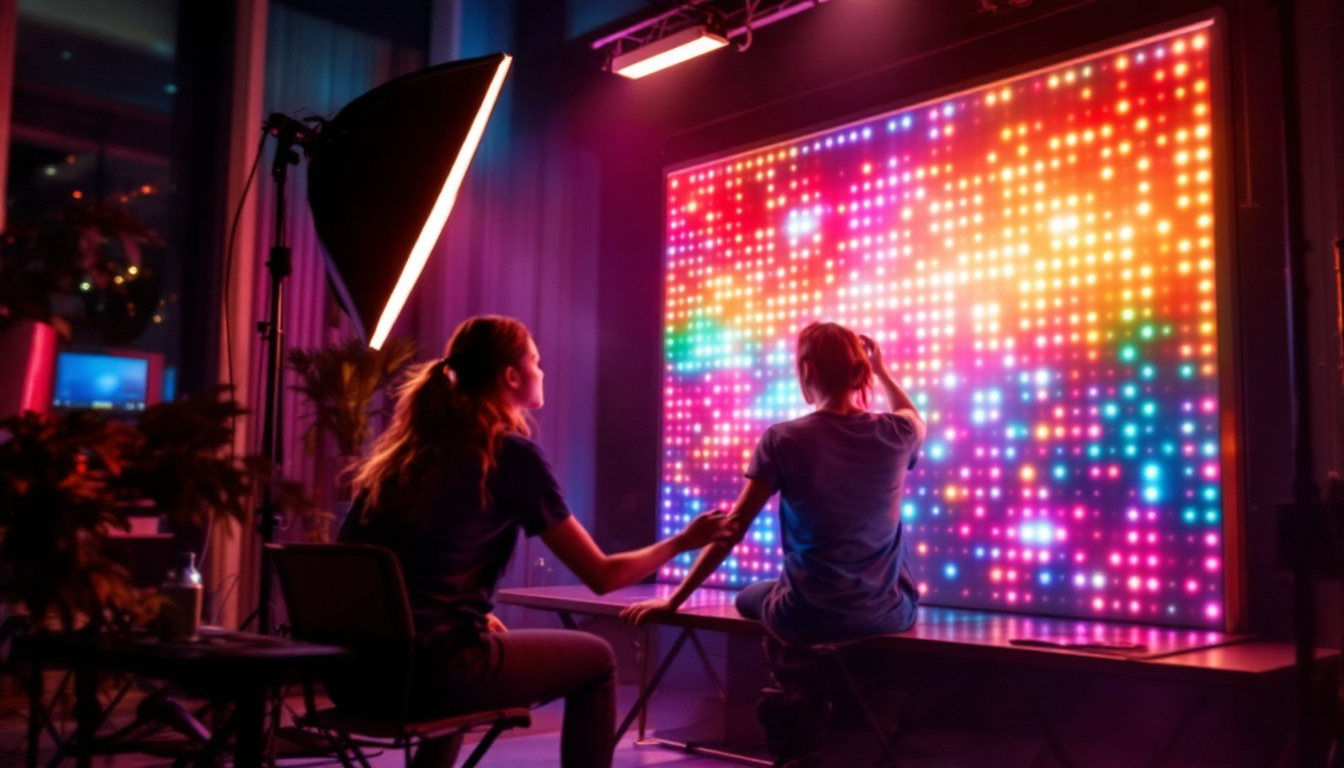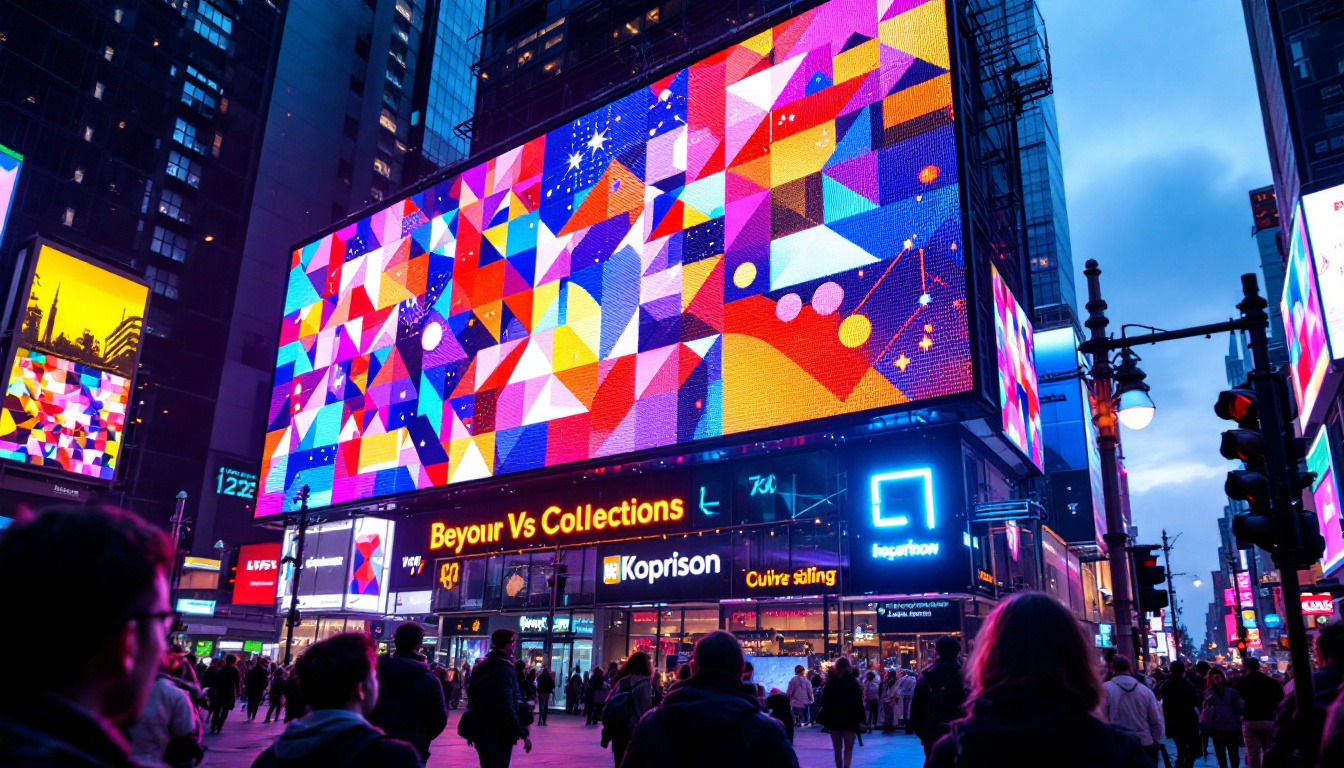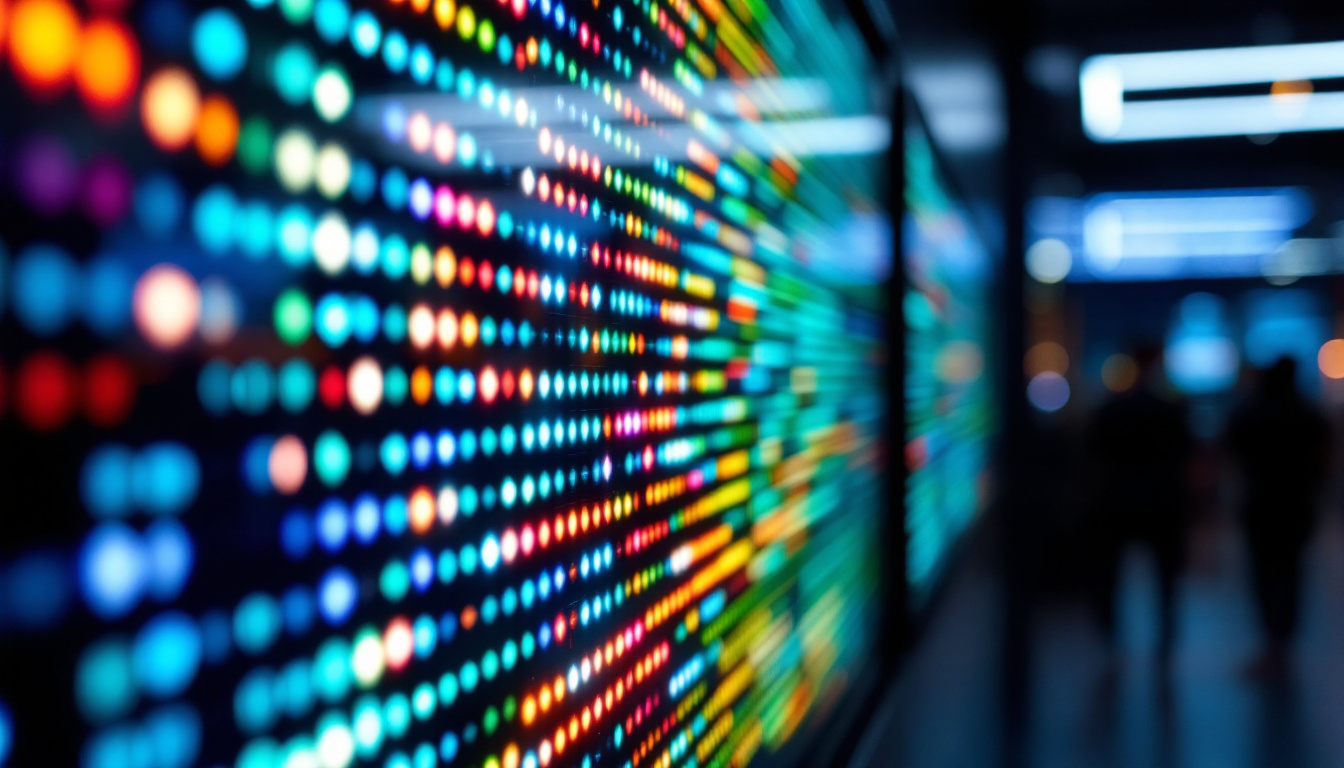Times Square, often referred to as “The Crossroads of the World,” is a bustling hub of entertainment, culture, and commerce. One of its most iconic features is the dazzling array of advertisements that light up the area, particularly the LED displays that dominate the skyline. These vibrant screens are not just eye-catching; they represent a significant evolution in advertising technology. This article delves into the world of LED displays in Times Square, exploring their technology, impact, and the future of digital advertising.
The Evolution of Advertising in Times Square
Advertising in Times Square has a rich history that dates back to the early 20th century. Initially, advertisements were limited to painted billboards and neon signs. As technology advanced, so did the methods of advertising, leading to the vibrant LED displays that are now synonymous with the area.
The Birth of Neon and Electric Signs
In the 1920s, neon signs began to emerge, revolutionizing the way businesses advertised their products. These signs were not only bright but also offered a range of colors and designs that could capture the attention of passersby. The introduction of electric signs further enhanced this visual appeal, allowing for more intricate designs and animations.
As the years progressed, the demand for more dynamic and engaging advertisements grew. Businesses sought innovative ways to stand out in the crowded marketplace of Times Square, leading to the eventual rise of LED technology.
The Rise of Digital Billboards
By the late 1990s, digital billboards began to appear in Times Square, marking a significant shift in advertising strategies. These displays allowed for real-time updates, enabling advertisers to showcase multiple messages throughout the day. The ability to change content instantly made digital billboards a popular choice for businesses aiming to capture the attention of the diverse audience that frequents the area.
As technology continued to advance, the resolution and brightness of these displays improved, allowing for high-definition visuals that could be seen from great distances. This evolution paved the way for the LED displays that dominate Times Square today.
Moreover, the impact of digital advertising extended beyond mere aesthetics; it transformed the way brands interacted with consumers. With the integration of social media feeds and interactive elements, advertisers began to create immersive experiences that encouraged audience participation. For instance, campaigns that invited viewers to share their photos or messages on social platforms could be displayed live on the billboards, fostering a sense of community and engagement among the throngs of tourists and locals alike.
In addition to the technological advancements, the regulatory landscape surrounding advertising in Times Square has also evolved. local authorities have implemented guidelines to ensure that the dazzling displays do not overwhelm the iconic skyline or detract from the historical significance of the area. These regulations have led to a more harmonious blend of modern advertising with the classic architecture that defines Times Square, preserving its unique character while embracing innovation.
Understanding LED Technology
LED (Light Emitting Diode) technology has transformed the advertising landscape, particularly in high-traffic areas like Times Square. Understanding how these displays work is essential to appreciating their impact on advertising. The vibrant colors and dynamic images that LED technology can produce have captivated audiences, drawing attention in a way that traditional advertising methods often cannot.
How LED Displays Work
LED displays consist of thousands of tiny diodes that emit light when an electric current passes through them. These diodes are arranged in grids, allowing for the creation of images and videos. The brightness and color of the display can be adjusted by varying the voltage and current supplied to each diode. This versatility enables advertisers to create eye-catching visuals that can change in real-time, adapting to the time of day or audience demographics.
One of the key advantages of LED displays is their energy efficiency. They consume significantly less power compared to traditional incandescent bulbs, making them a more sustainable option for large-scale advertising. Additionally, LED displays have a longer lifespan, reducing the need for frequent replacements. This longevity not only cuts down on maintenance costs but also contributes to a lower environmental impact, as fewer materials are needed for production and disposal.
Types of LED Displays
There are several types of LED displays used in Times Square, each serving different purposes. The most common types include:
- Full-Color LED Displays: These displays can produce a wide range of colors and are typically used for video advertisements.
- Monochrome LED Displays: These are limited to one color and are often used for text-based advertisements.
- Flexible LED Displays: These can be bent and shaped to fit various surfaces, allowing for creative advertising solutions.
Each type of display has its unique advantages, and advertisers often choose based on their specific needs and the message they wish to convey. For instance, full-color displays are ideal for brands looking to showcase dynamic video content that tells a story or evokes emotion, while monochrome displays may be more suited for straightforward messages that require quick readability. Flexible LED displays open up a world of possibilities for innovative installations, allowing brands to integrate their advertisements seamlessly into architectural designs, making the advertising experience more immersive.
Moreover, the rapid advancements in LED technology have led to the development of high-resolution displays, which provide sharper images and more vivid colors than ever before. This improvement has been particularly beneficial for advertisers who want to ensure their content stands out in a crowded marketplace. With the ability to display intricate details and lifelike visuals, high-resolution LED displays are becoming a staple in major urban centers, further enhancing the viewer’s experience and engagement with the brand.
The Impact of LED Displays on Advertising
The introduction of LED displays in Times Square has had a profound impact on advertising strategies. Their ability to capture attention and convey messages effectively has changed the way brands approach their marketing efforts.
Enhanced Visibility and Engagement
One of the primary benefits of LED displays is their visibility. The bright, vibrant colors and dynamic content can be seen from great distances, making them highly effective in attracting attention. This is particularly important in a location as busy as Times Square, where competition for attention is fierce.
Moreover, the interactive nature of many LED displays allows for greater audience engagement. Advertisers can create content that encourages viewers to interact, whether through social media campaigns or augmented reality experiences. This level of engagement can lead to increased brand awareness and customer loyalty.
Real-Time Advertising and Analytics
Another significant advantage of LED displays is the ability to update content in real time. Advertisers can tailor their messages based on current events, weather conditions, or audience demographics. This flexibility allows brands to remain relevant and responsive to their target audience.
Additionally, many LED displays are equipped with analytics capabilities, enabling advertisers to track viewer engagement and gather valuable data. This information can be used to refine advertising strategies and improve future campaigns.
Challenges and Considerations
While LED displays offer numerous advantages, they also come with their own set of challenges and considerations. Understanding these factors is crucial for businesses looking to invest in this technology.
Cost and Maintenance
The initial investment for LED displays can be significant. Costs vary depending on the size, resolution, and technology used, making it essential for businesses to carefully consider their budget. Additionally, while LED displays are generally low-maintenance, they do require regular upkeep to ensure optimal performance.
Maintenance can involve cleaning the screens, updating software, and addressing any technical issues that may arise. Businesses must factor these ongoing costs into their advertising budgets to ensure a successful campaign.
Regulatory and Environmental Concerns
LED displays are subject to various regulations, particularly in a location like Times Square. Advertisers must comply with local laws regarding brightness levels, content restrictions, and placement. Navigating these regulations can be complex, and failure to comply can result in fines or removal of the display.
Moreover, there are environmental concerns associated with LED displays, particularly regarding their energy consumption and the materials used in their production. While LED technology is more energy-efficient than traditional lighting, businesses must still consider their overall environmental impact and strive for sustainable practices.
The Future of LED Advertising in Times Square
The future of LED advertising in Times Square is poised for exciting developments as technology continues to evolve. Innovations in display technology, content creation, and audience engagement are set to redefine the advertising landscape.
Emerging Technologies
As augmented reality (AR) and virtual reality (VR) technologies advance, advertisers are exploring new ways to integrate these elements into LED displays. Imagine walking through Times Square and interacting with a virtual advertisement that responds to your movements or preferences. This level of interactivity could revolutionize the way brands connect with consumers.
Additionally, advancements in artificial intelligence (AI) are enabling more personalized advertising experiences. AI algorithms can analyze viewer data in real time, allowing brands to deliver tailored messages that resonate with individual preferences. This shift towards personalization is likely to enhance the effectiveness of LED advertising significantly.
Sustainability Initiatives
As environmental concerns continue to grow, the advertising industry is increasingly focusing on sustainability. Future LED displays are expected to incorporate eco-friendly materials and energy-efficient technologies, reducing their carbon footprint. Advertisers may also adopt practices that promote sustainability, such as using renewable energy sources to power their displays.
Moreover, the concept of digital out-of-home (DOOH) advertising is gaining traction. This approach combines traditional outdoor advertising with digital technology, allowing for more sustainable and efficient advertising solutions. As businesses seek to align with consumer values, sustainable advertising practices will likely become a priority.
Conclusion
LED displays have transformed the advertising landscape in Times Square, offering businesses innovative ways to engage with their audience. From their historical evolution to their current impact and future potential, LED technology has reshaped how brands communicate their messages. While challenges exist, the benefits of LED advertising are undeniable, making it a vital component of modern marketing strategies.
As technology continues to advance and consumer preferences evolve, the future of LED displays in Times Square promises to be dynamic and exciting. Advertisers who embrace these changes and adapt to the evolving landscape will be well-positioned to capture the attention of the millions who pass through this iconic location each year.
Illuminate Your Brand with LumenMatrix
As Times Square continues to be a beacon for cutting-edge advertising, your brand deserves the spotlight with the latest in LED display technology. LumenMatrix is at the forefront of this innovation, offering a diverse range of LED display solutions that bring your message to life. From the vibrant streets of Times Square to the unique needs of your business, our Indoor and Outdoor LED Wall Displays, Vehicle LED Displays, and more, are designed to captivate and engage. Experience the future of visual communication and elevate your brand’s presence. Check out LumenMatrix LED Display Solutions and transform your advertising strategy today.

